It's an extremely common misconception that asexuality is a recent trend, a sexual orientation with no historical background. The idea of asexuality has bene discussed alongside homosexuality as far back as the late 1800s, and is an important part of queer history that should not be overlooked.
The reality is that asexual people have always been present. Asexuality is often dubbed as the "invisible orientation," becuase it's founded on a lack of sexual attraction. It's much harder to define something that isn't there, especially when you don't have the terminology to express yourself.
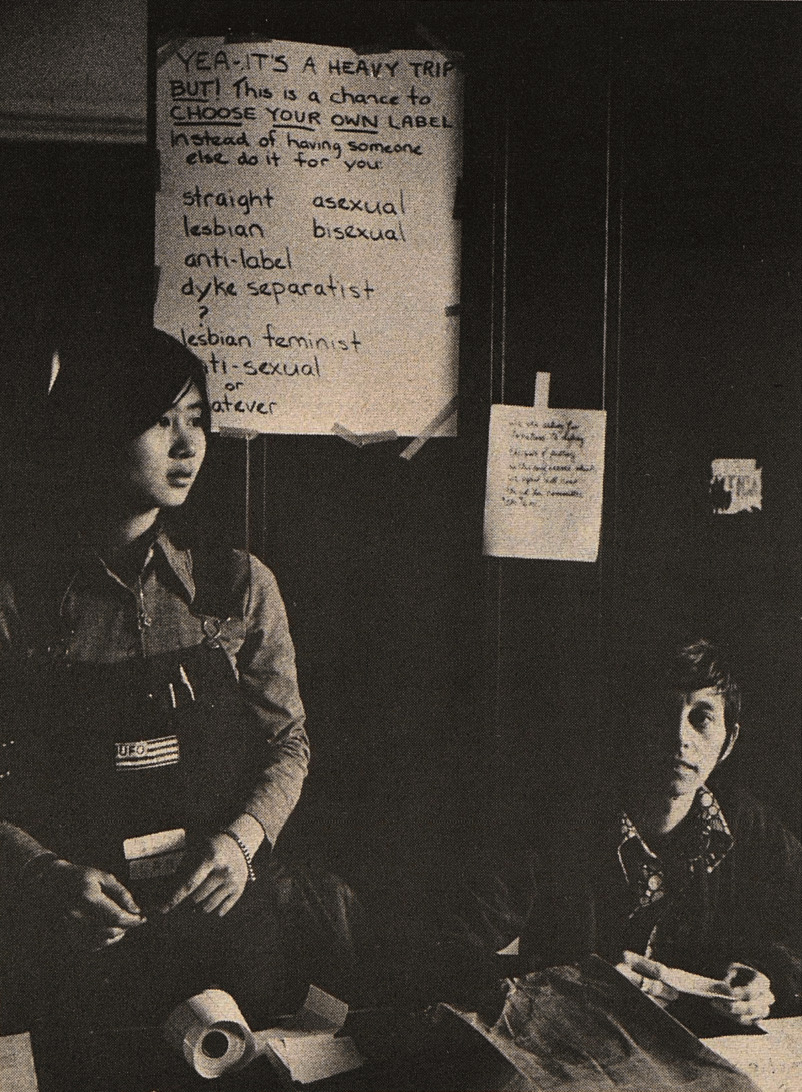
Lesbian Activists at Barnard College in 1973 discussing labels for people to choose from, including the term "asexual."
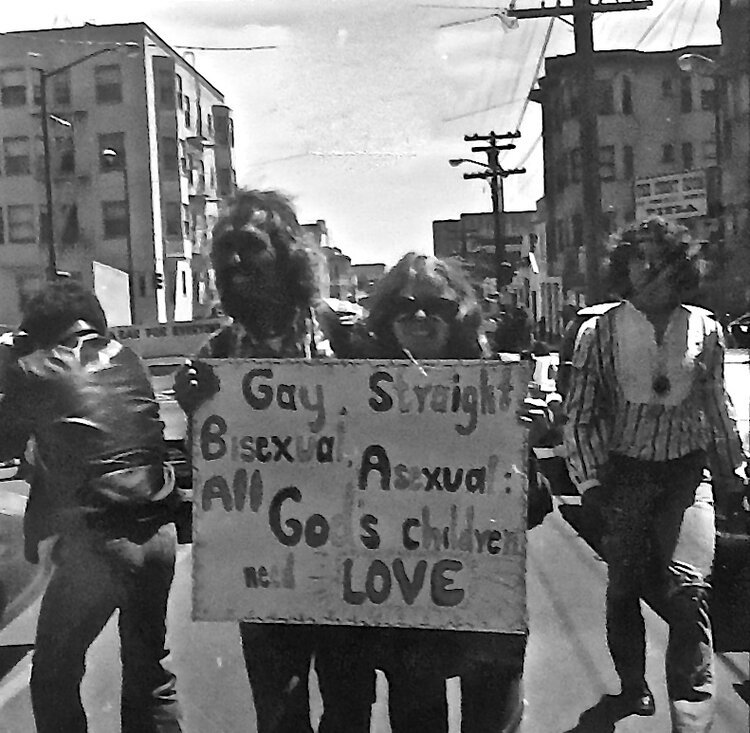
A photo taken by Crawford Barton at the San Francisco Gay Freedom Day Parade and Festival in 1973
"The Golden Orchid Society was a collection of organizations in South China that began during the Qing dynasty and existed from approximately 1644 to 1949 when they were banned because they were associated with an attempt to overthrow the Manchu Emperor. Over 300 years, however, they created an order of women who stood in solidarity with other women against heterosexual marriages that were oppressive at best and far too often abusive. While some of the women may have been heterosexual and avoiding marriage for reasons unrelated to their sexuality, it was common for members of the association to be lesbians or bisexual. They found the safety and family in the Golden Orchid Society that their biological relatives had never provided them."
"At the time when women in China were married, they would have their hair combed in a different way to signal to society and any men interested in courting them that they were not available. While the terms we use now for asexual or aromantic did not exist yet, the Golden Orchid societies had a system set up for women who wanted to avoid both marriage options and any romantic or sexual partnership by introducing “self-combing women.” These women would comb their hair into the style of a woman that was married and often even had a ceremony to celebrate such a decision, similar to a marriage ceremony."
— Laura Mills (The Golden Orchid Society)
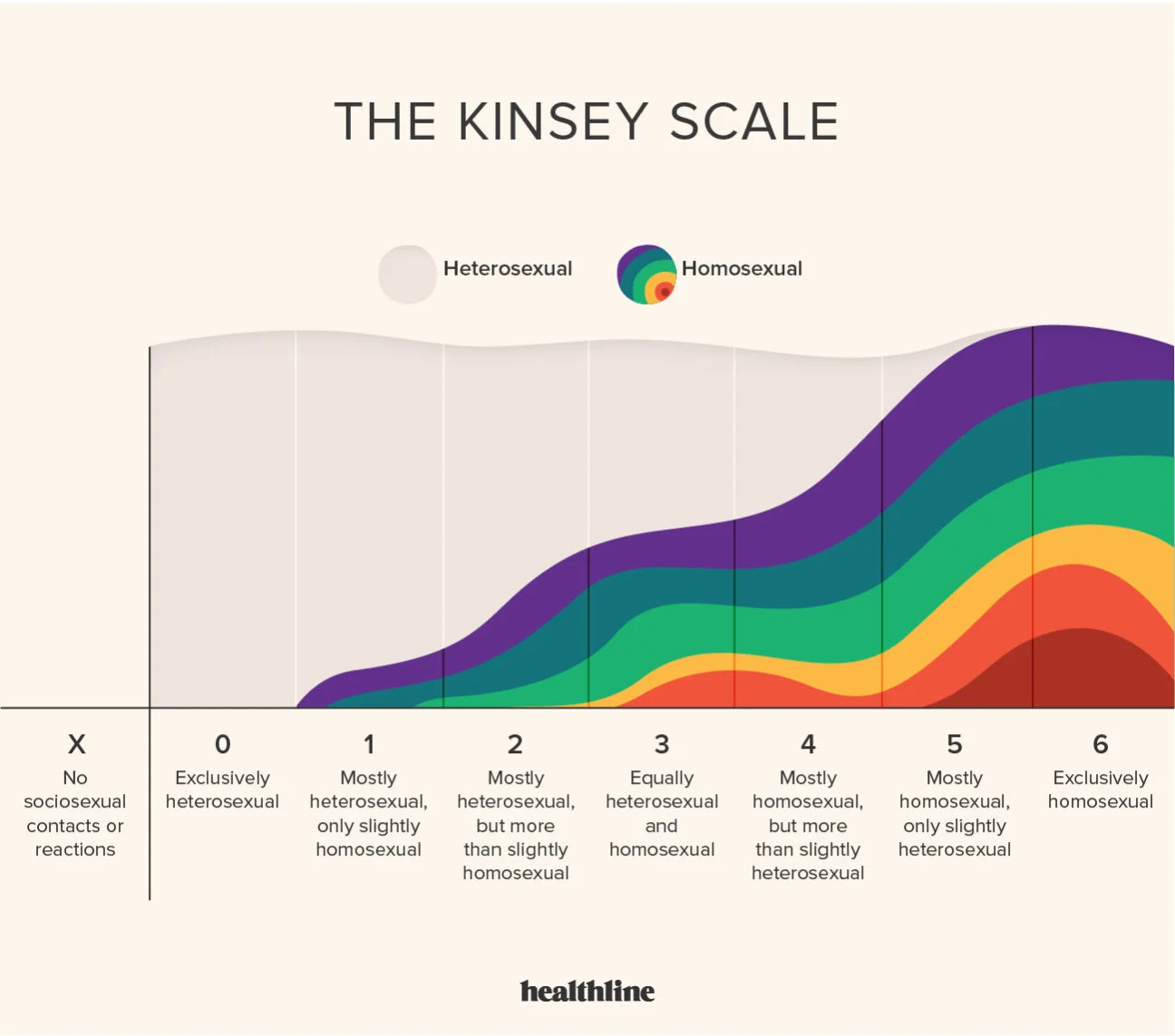
The Kinsey scale was created by biologist Alfred Kinsey in 1948. Kinsey theorized that while some people are exclusively heterosexual or exclusively homosexual, others may fit on a scale somewhere inbetween.
While the scale itself has a number of flaws, it was groundbreaking becuase it proposed the idea of sexuality being a spectrum that included bisexuality.
Interestly, the scale includes an outlier category, X, for individuals who had no sexual contact or reaction to sex. It's widely beleived that his category could be applied to asexual people.
In his inital study, 1.5% of participants fell into the X category.
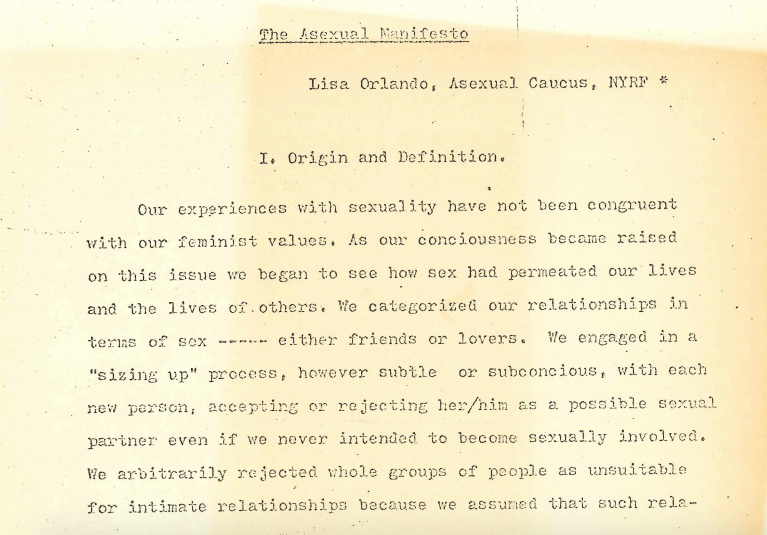
“We chose the term “asexual” to describe ourselves because both “celibate” and “anti-sexual” have connotations we wished to avoid: the first implies that one has sacrificed sexuality for some higher good, the second that sexuality is degrading or somehow inherently bad. “Asexual”, as we use it, does not mean “without sex” but “relating sexually to no one”. This does not, of course, exclude masturbation but implies that if one has sexual feelings they do not require another person for their expression. Asexuality is, simply, self-contained sexuality.”
- The Asexual Manifesto (Lisa Orlando and Barbara Getz)
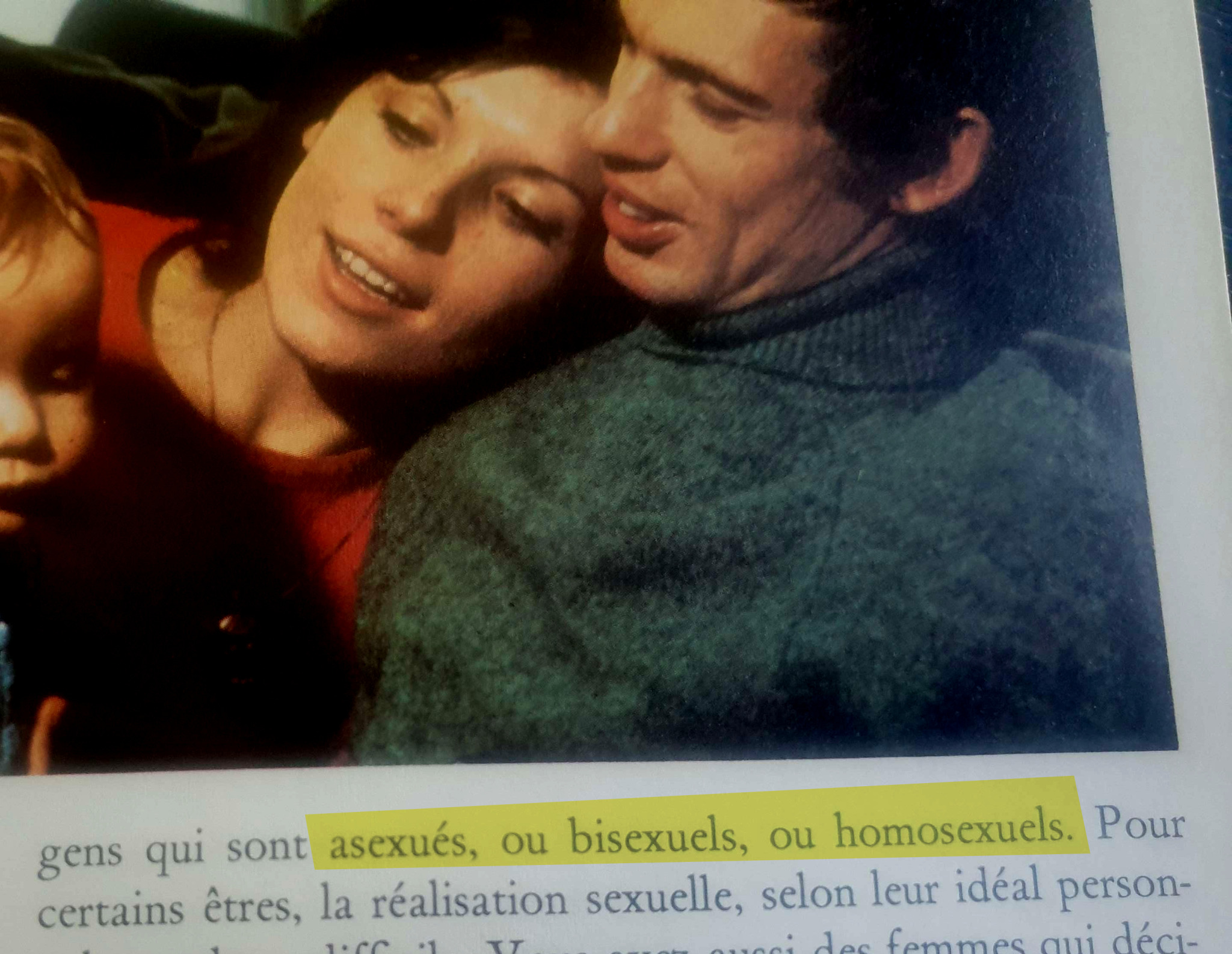
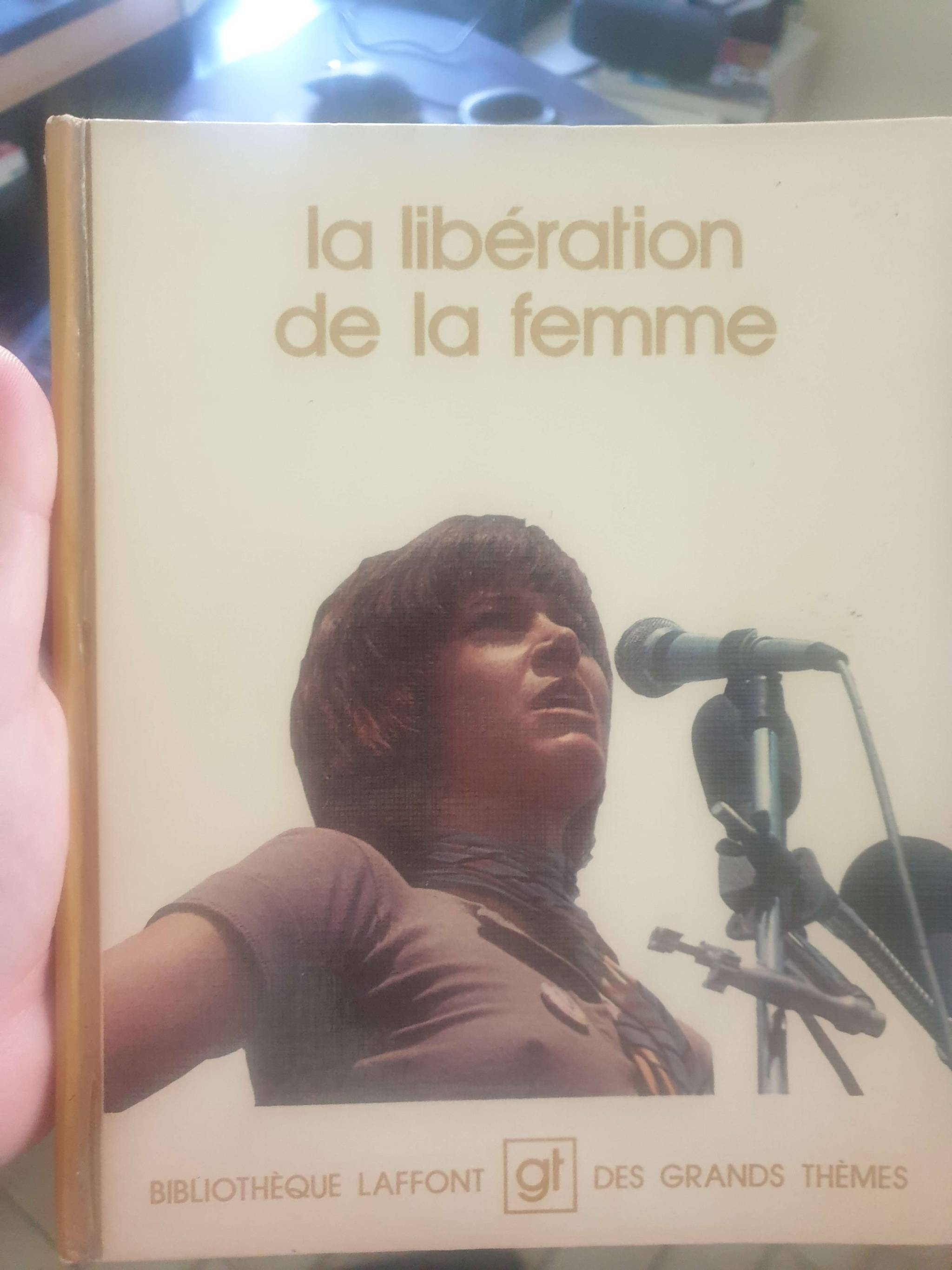
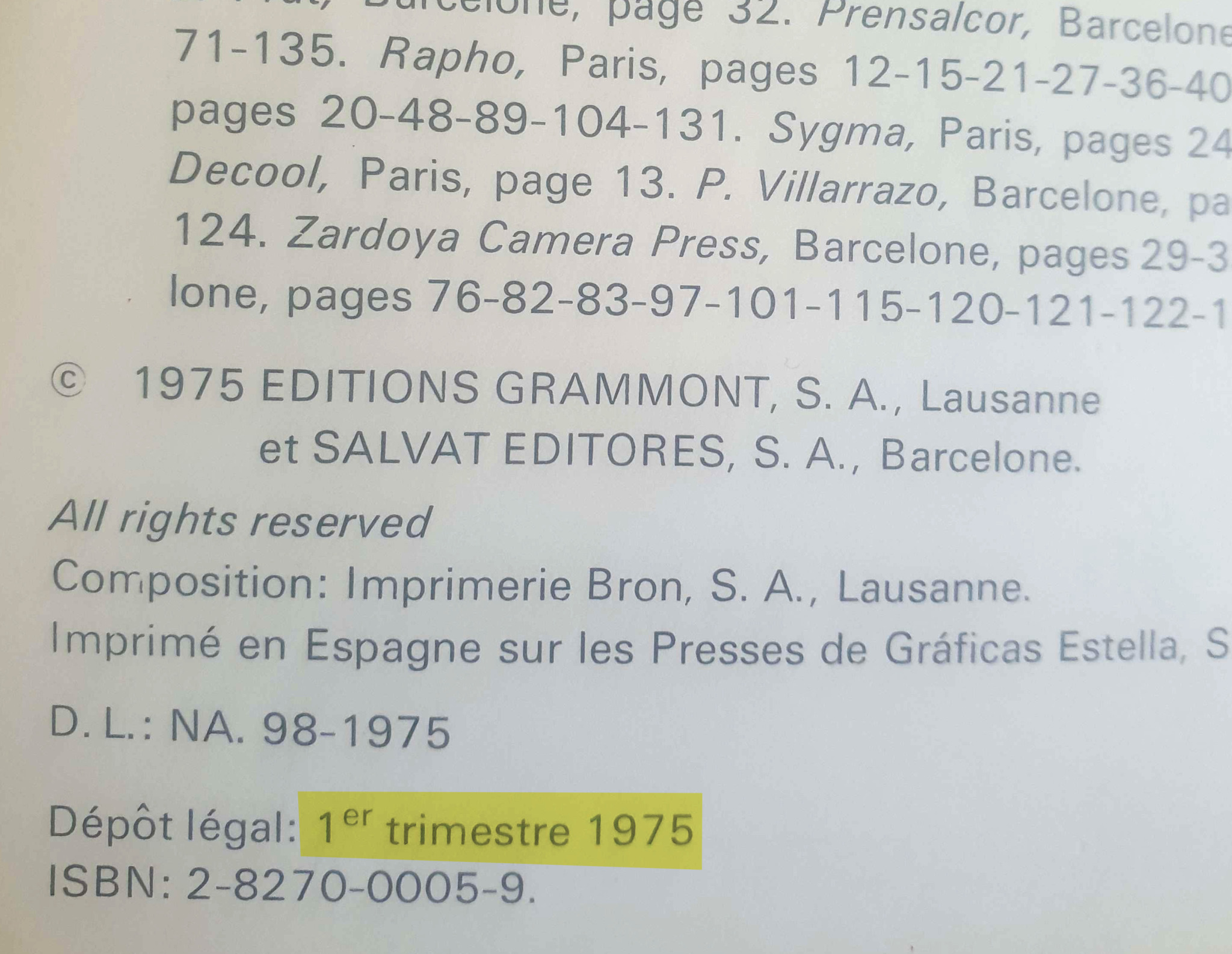
A fench book about the women's liberation movement from 1975 references "asexuate, bisexual, or homosexual" people.
(Photos provided by l-heure-du-the)
The term "bambi lesbian" originate in the 80s and had the peak of it's popularity in the 90s. The label was first published in the second edition of The Alyson Almanac in 1990,
A bambi lesbian was defined as a lesbian who preferred romantic affection such as kissing and cuddling over sex.
It's speculated that many bambi lesibans might have fallen under the asexual umbrella, although the lebal was not used widespread.
"Why, in 1981, are asexuals the only ones left in the closet? Watching the Gay Pride parade march up Fifth Avenue, I felt jealousy and a hunger for the unashamed joyful solidarity and open celebration of self that these people felt."
-Catherine Kobaly (1981)
Catherine Kobaly wrote a letter to the feminist newspaper called 'Heresies' in 1981 thanking them for their recent issue discussing LGBTQ issues. However, she expressed frusturation at the feeling of being left out, as the previous article had focused on a number of queer viewpoints, but none that she identified with.
Catherine self ID'd in her letter as asexual, and said that most of her friends were as well. She also expressed how she felt shamed becuase mainstream american society viewed the lack of a sexual partner as something to be looked down upon.
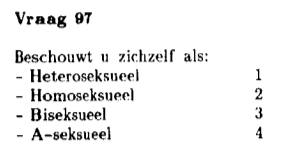
In 1991, Dutch regional newspapers sent out large questionaires that were answers by thousands of people.
One of the questions asked was about sexuality. The labels provided included heterosexual, homosexual, bisexual, and asexual.
In the results, 1.5% of men and 2.7% of women identified as asexual
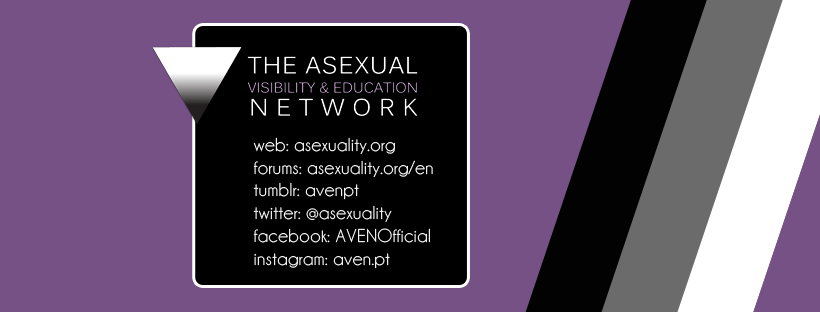
In the 2000s, the internet created a gateway for asexual people to connect with each other online.
In 2000, one of the first asexual communities, "Haven for the Human Amoeba" (HHA), was founded with over 600 users as a yahoo group.
It was soon follwowed by creation of AVEN (Asexual Visibility and Education Network) in 2001, which is recognized as one of the most influential asexual communities and resources even today.
A timeline of notable events in recorded ace history.
(concrete timeline heavily assisted by this article)
Historical figures below are speculated to have been asexual. Obivously, we have no way to tell how they would have labelled themselves with mainstream terminology, but we can make estimations from their actions & lifestyle choices.